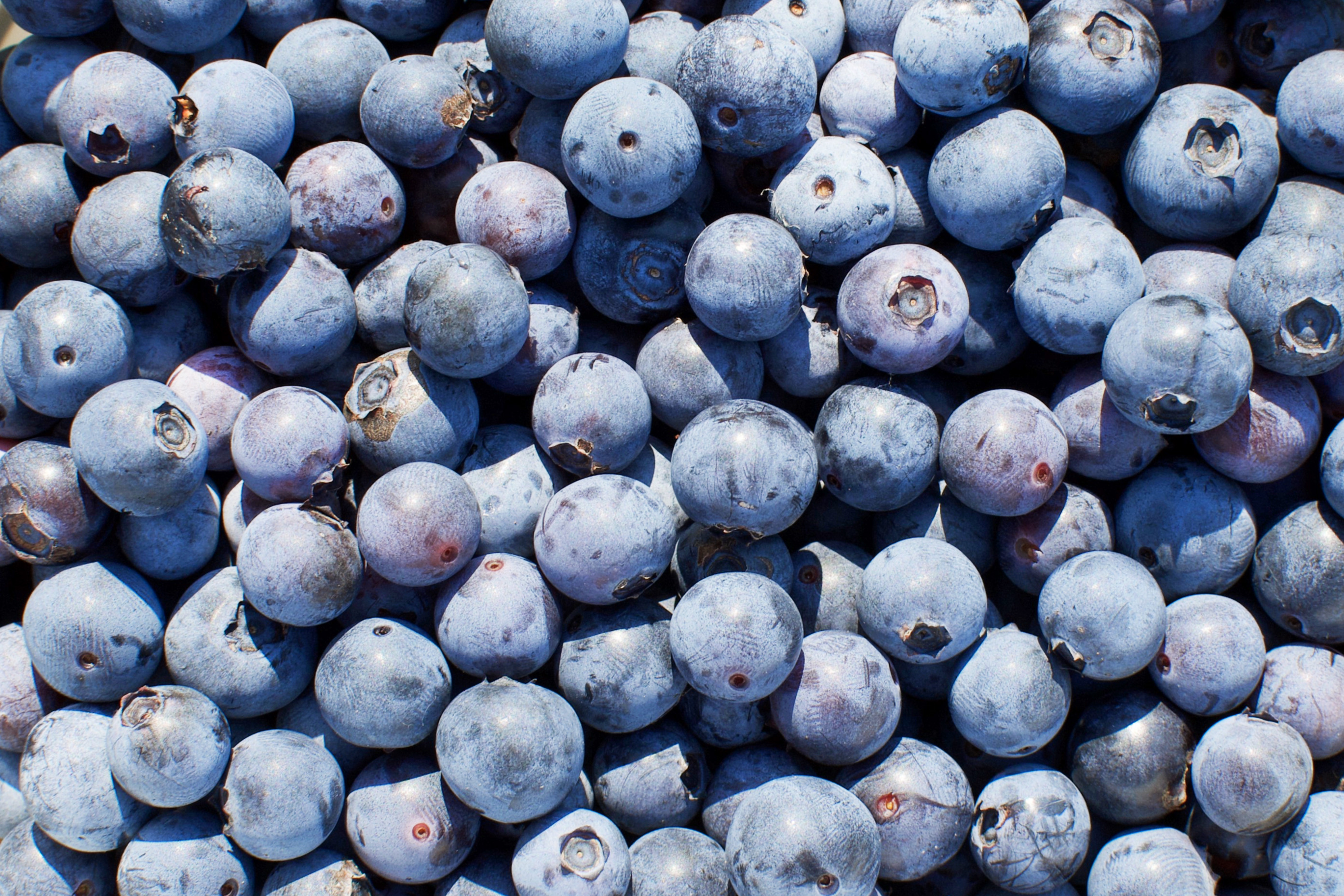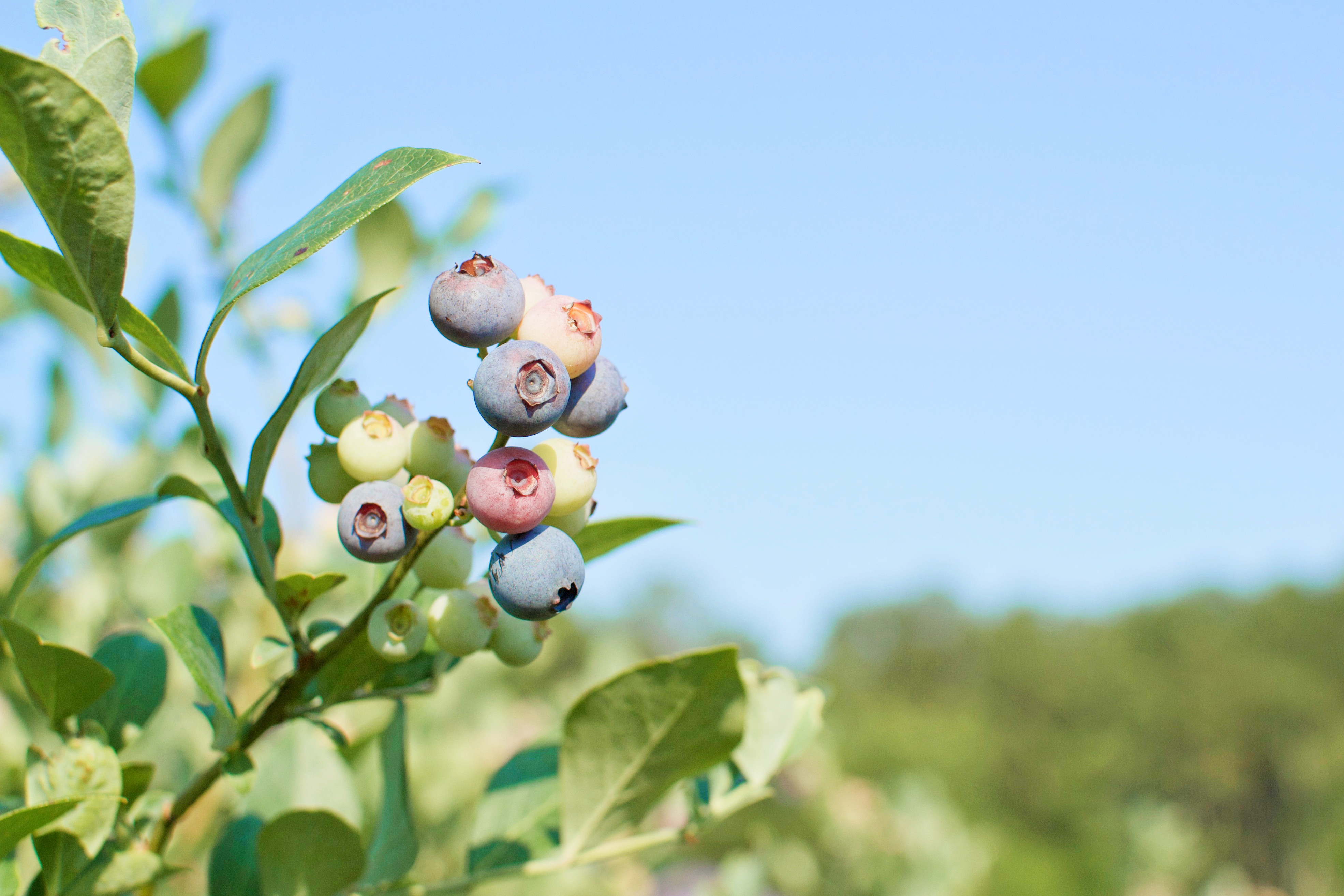Blueberry season is here, folks! That means summer is right around the corner. High fives to all the chillens who just seized every green, pink and red blueberry from the bush and forsook the bluest of blues above and below their 6 inch by 6 inch tunnel vision. “[Periphery] is for old people” (says unmannerly heathenish mouth breather). Next bush!
Your next outing.
The perfect family outing, date, introverted recharge session, locavore adventure, and outdoor photographer’s dream. In our case, the fruit-bearing shrubs belong to a local nonprofit that meets the needs of low-income families. 50% of what you pick goes to the 501c3, and 50% goes home with you – for free! Fresh, philanthropic AND frugal?? That’s hard to beat, Forest Gatherer. Even if you pay to pick and the farm reinvests those fat stacks, be encouraged that you’re supporting a local business. Beyond that, you’re creating demand for better quality foods in a retail landscape that prioritizes holdings over health. Can’t stop, won’t stop.
Where does one find such a place?
Have you located the nearest blueberry patch or farm? Or perhaps you’ve grown your own in the backyard? June & July are primo picking months in case you’re new to the fresh fruit game. At least in our neck of the woods. Take about 30 seconds right now and Google “blueberries near me” to identify where you’ll spend your Saturday morning. Hoping for organic? You might need to drive quite a bit longer.
Tip: go early! If the farm or patch opens at 9am, aim to arrive 15+ minutes earlier to ensure they haven’t been picked through. Bring your own mini bucket in case the staff or volunteers wait until start time to hand out buckets. Following this approach on opening day last Saturday, I was able to snag 4 pounds of blueberries in 45 minutes!

Organic vs. conventional farming. Who cares?
As a consumer, your primary concern is for you and your family’s health. Among countless farming-practice differences, the most relevant to the health issue is the use of synthetic vs. non-synthetic pesticides. Man-made bug killers, especially the ones in mainstream use, are not without risk. Consumer Reports (CR) performed an extensive review of all popular produce, combing the research for pesticide amounts per fruit or veggie, potential health risks for farmers & consumers, shopping guides, and all the educational material in between. Here are some of the risks they uncovered:
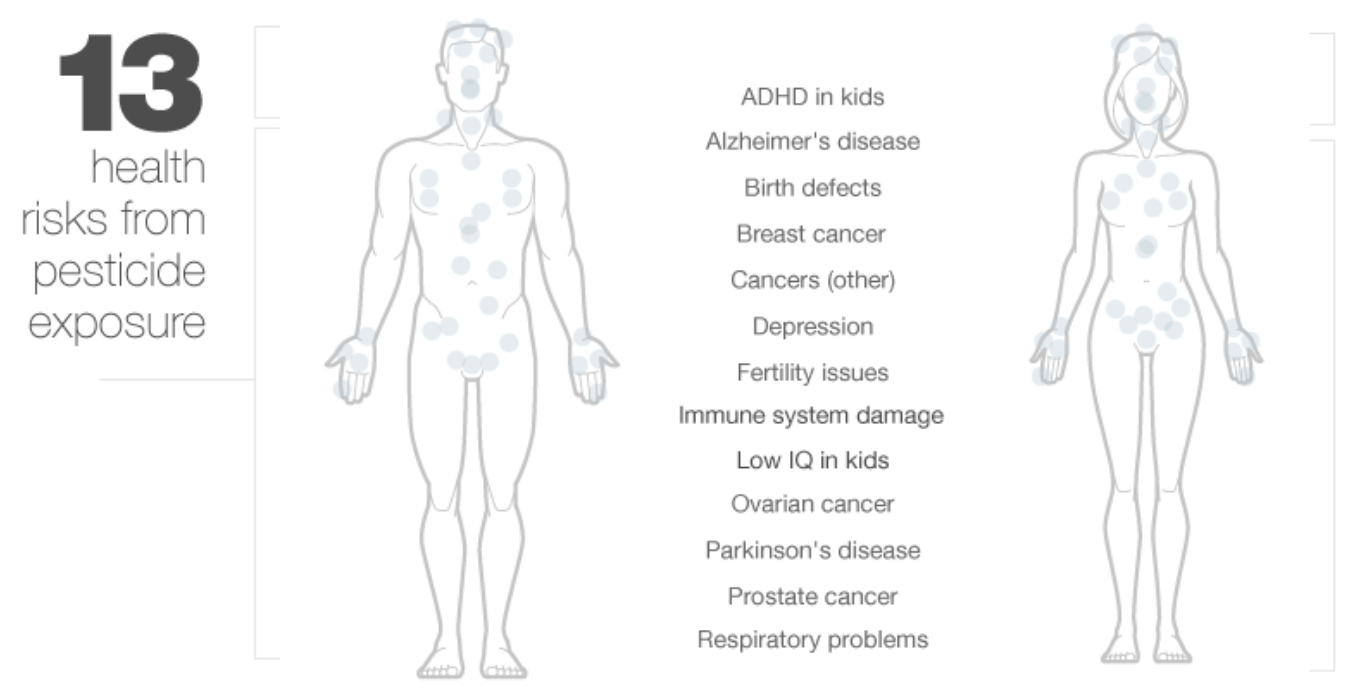
The good news about research. Money savings!
Heard of the “Dirty Dozen“? I’m not talking about the carton of eggs you forgot in the car after an “eventful” grocery store literal run. Definitely not the 1967 war thriller you’ve probably never seen or even heard of. How about the Environmental Working Group’s (EWG) yearly updated list of produce ranked from highest pesticide residues to lowest pesticide residues? Yep, that’s the one.
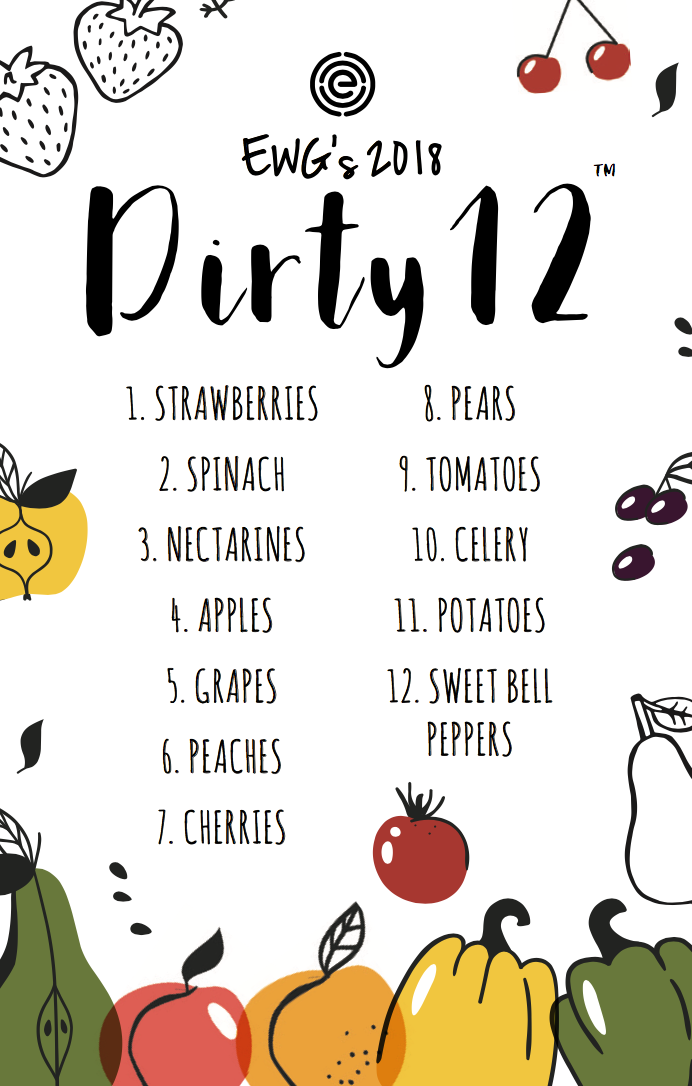
Even better: the EWG has ranked 48 different fruits / veg for a deeper dive. The Dirty Dozen are the dirtiest, The Clean 15 are the ones with lowest pesticide residues, and the other 21 are in no-man’s-land (not the best or the worst). If you’re concerned about the associated risks of eating leftover bug killer sprays, but don’t want to put a lien on your house to buy all organic – only purchase the Dirty Dozen organic! Reduce risk AND reduce cost.
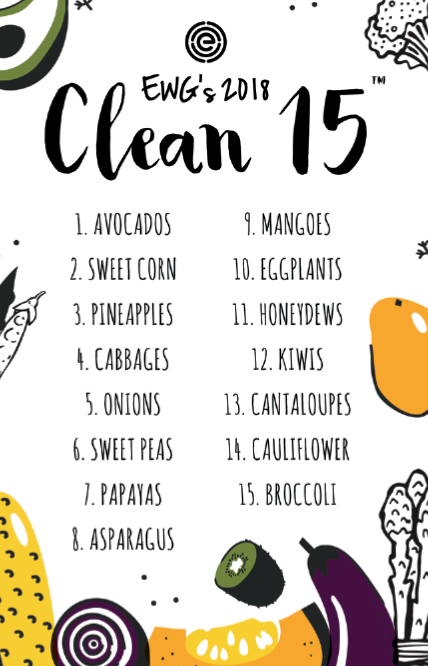
Where do blueberries land? They’re number 16 out of 48, meaning you’re safe to buy them conventionally grown if you follow the aforementioned produce budget. If you’re still concerned after reading CR’s report, then only buy organic produce for the kids, except for the Clean 15. Your body can process the toxins way better than your little one’s body.
“A child’s metabolism is different from an adult’s, so toxins can remain longer in a child’s body, where they can do more damage. Pesticide exposure can affect children’s development at many stages, starting in the womb.” – from Consumer Reports: Pesticides in Produce
Our family opts to buy just the Dirty Dozen organic when possible. Because budget.
How long do they stay fresh?
StillTasty, created by a journalist and retired food safety expert, writes that blueberries will last in your fridge for 1-2 weeks. They’ll last longer if you WAIT to wash them until just before shoving-face. If you opt to keep them on the countertop, nom them day-of only. The ripening process is already complete, and room temperature accelerates the spoiling process. How can you tell if they’re going bad? Visible mold, mushiness, softness, funky smell, color change. If you’re not going to eat the entire batch, go ahead and freeze the extra! Apparently they’ll maintain quality for 10-12 months while frozen, but will last – and I quote – indefinitely. End quote.
Diets that allow blueberry consumption.
- DASH Diet
- MIND Diet
- TLC Diet
- Weight Watchers
- Mayo Clinic
- Fertility
- Mediterranean
- Volumetrics
- Flexitarian
- Jenny Craig
- Biggest Loser
- Ornish
- Vegetarian
- Traditional Asian
- Slim Fast
- SparkPeople
- Anti-Inflammatory
- HMR
- Flat Belly
- Nutrisystem
- Vegan
- Engine 2
- South Beach
- Abs
- Eco-Atkins
- Zone
- Glycemic-Index
- Macrobiotic – a few times a week
Medifast– not during the 5 & 1 plan – only after you achieve your goal weight and reach the 3 & 3 plan- Supercharged Hormone
- Acid Alkaline
Fasting– when the fast ends (beware the DadJoke)- Body Reset – in smoothie form
- Raw food
- Atkins – after 2 weeks of phase 1
Dukan– once you’re in the “consolidation” phase, after months of the “attack” + “cruise” phase- Paleo
- Whole 30
- Keto – very small portions, or else get unpleasantly jolted out of ketosis
Pro-tip: when a food is allowed in 92% of ALL popular diets, then it’s safe to conclude that the food is insanely healthy. Or your entire nation has lost it’s ever-lovin’ mind.
Nutritional value of blueberries.
You’ve probably heard that blueberries are healthy for you. But what about them will maintain or increase your health status? Are you following a fad, or is there some science to back up the claims, Ms. Frizzle? Let’s take a ride on the Magic School Bus. According to Self NutritionData, NIH’s Office of Dietary Supplements, MedlinePlus, Healthline and a 2,000 calorie meal plan, 1 cup of these blue cuties contains:
-
Fiber.
3.6 grams. 14% of your daily value. Mayo Clinic says it keeps you regular. Maintains a healthy large intestine. Binds cholesterol on the way out to help lower the amount in your blood. Regulates your blood sugar. Help with satiety (fullness) over a longer period of time. Plus it’s a prebiotic that feeds your gut bacteria and enables that microbiome to thrive.
14.4 mg. A whopping 24% of your daily value. It’s an antioxidant, punching free radicals in the face. Aids in wound healing through the production of collagen. Enables iron absorption and proper functioning of the immune system.
0.8 mg. 4% of your daily value. Another antioxidant. Aids the immune system to dominate pathogenic bacteria & viruses. Prevents clotting by expanding blood vessels.
28.6 mcg. A massive 36% of your daily value. Empowers healthy blood clotting. Keeps your bones healthy. If you take a blood thinner like warfarin (Coumadin), it’s essential to take a disciplined approach to your daily vitamin K intake.
0.1 mg. 4% of your daily value. Converts your nom noms into usable energy in your body. Your cells need it to function and thrive in multiple life cycles. Familiar with a disease called beriberi? It’s the reason white rice was first fortified with thiamin on a massive scale.
0.1 mg. 4% of your daily value. Another cellular essential. And just like thiamin, it helps convert your food into usable energy. Eat your greens!
0.1 mg. 4% of your daily value. Crucial for overall metabolism – enables 100+ enzymatic, chemical reactions in your body. What a hoss. Beefs up your immune system. Develops your precious one’s brain pre and post birth.
0.1 mg. 4% of your daily value. Teams up with iron to create red blood cells. Also, increases the absorption of iron into the body. Positive effect on your bones, nerves, blood vessels and immune system.
0.5 mg. An impressive 25% of your daily value. Maintains bone health (formation), and the function of your blood cells. Processes your carbs, protein and cholesterol.
Rich in these free radical destroying antioxidants, anthocyanins contribute to the plant pigment of blueberries. Possible heart disease prevention compound. They’re in a group of micronutrients called “polyphenols”, and categorized in a subgroup called “flavonoids” – all of which function as potent antioxidants. Where’s the greatest concentration of anthocyanins? In the skin. Quercetin is another plant-made flavonoid & antioxidant that affects the color of your blue buddies. It may help you lower your blood pressure and risk for cardiovascular disease. Myricetin is yet another flavonoid / antioxidant that may target cancer & diabetes prevention.
These powerful phytochemicals may contribute to better brain health. Lesser oxidative stress, possible memory enhancer for those with memory diseases, and overall slowed mental aging.
Recipes to showcase your fresh blueberries.
Bon Appétit Magazine nailed this list of 33 Blueberry Recipes [They’re] Completely Obsessed With. The photos are GORGEOUS. All the credit goes to them. Linked below with a few photo teasers.





Get to picking!
All right now. Go on. Get out in the berry field and start pickin’. No use watching another Insta story or hitting up Pinterest for another recipe inspiration. Let’s put your berry-knowledge-packed-brain to work. Decide on organic or conventional, find a local spot, feast on ’em raw, power-up your vitamin C & vitamin K, bake a delectable treat, and call it a day. Don’t forget to stop by Wonka’s on the way home and try the gum he’s beta testing. Violet tells me it’s berry yummy, but opinions about the aftertaste are a little inflated.




